The Ursuline Nuns signals a maturing of the visual language through which the painter Jean Paul Lemieux (1904–1990) would assert his artistic personality. For Lemieux, portraying his times in painted form required a long process of investigation, research, and refinement by trial and error. He divides the pictorial space into a restricted range of horizontal, vertical, and angled motifs softened by a few curving lines: the nuns’ veils, the three arcades, and a blind doorway. This geometric design has the effect of suggesting permanence, an impression reinforced by the sober colours.
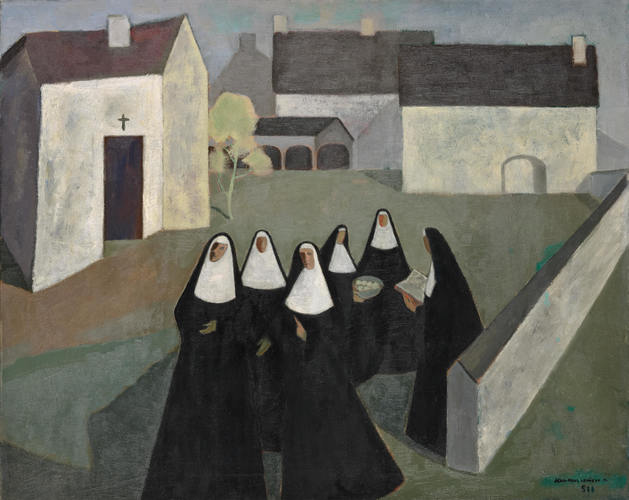
Oil on canvas, 61 x 76 cm, Musée national des beaux-arts du Québec, Quebec City
The blank walls of the buildings, the bricked-up openings, and the absence of a horizon add a sense of enclosure, increasing the effect of settled permanence. The nuns, who came from Tours and Dieppe in the seventeenth century to devote themselves to the education of Indigenous and French settlers’ children, remained a cloistered order until 1967. Lemieux shows them in their garden, the only place they were allowed to go outside the walls of the convent.
The Ursuline Nuns is a powerful evocation of the monastic life, and of movement suspended in an undefined moment of time, in which only the tree, the basket of fruit, and the cast shadows bring us back to the reality of a sunny summer day.
This Spotlight is excerpted from Jean Paul Lemieux: Life & Work by Michèle Grandbois.
 Stitching the Archives
Stitching the Archives
 A Working-Class Hero
A Working-Class Hero
 Imagining Entangled Futures
Imagining Entangled Futures
 Bridging Far and Near
Bridging Far and Near
 Soft Power
Soft Power
 Imagining Emancipation
Imagining Emancipation
 A Priceless Portrait
A Priceless Portrait
 Meditation in Monochrome
Meditation in Monochrome
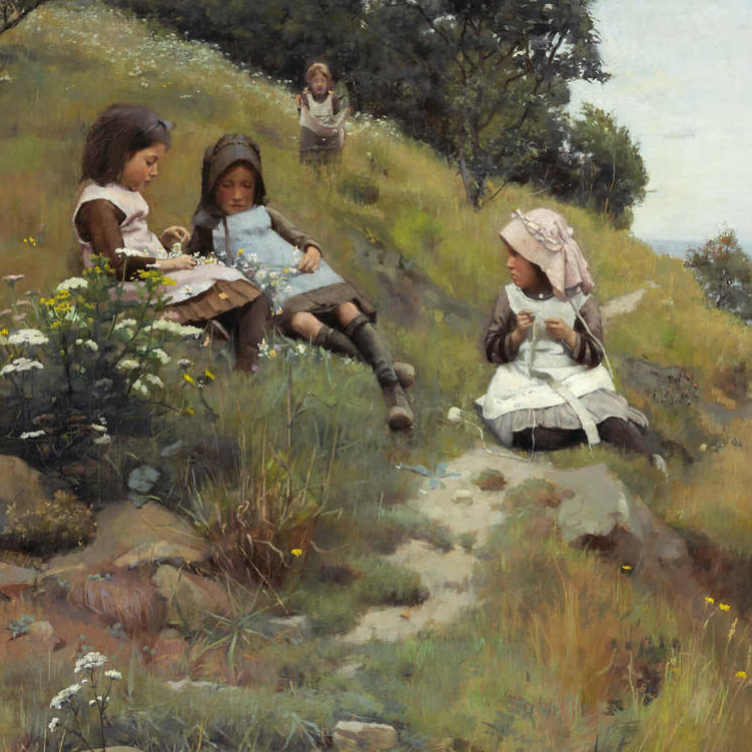 Making His Mark
Making His Mark
 Honour and Sacrifice
Honour and Sacrifice
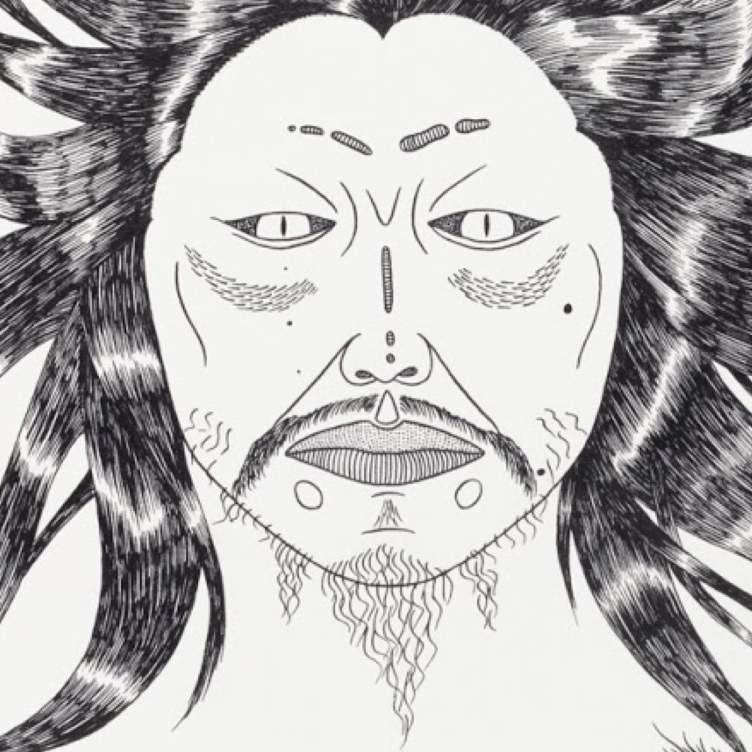 A Monstrous Vision
A Monstrous Vision
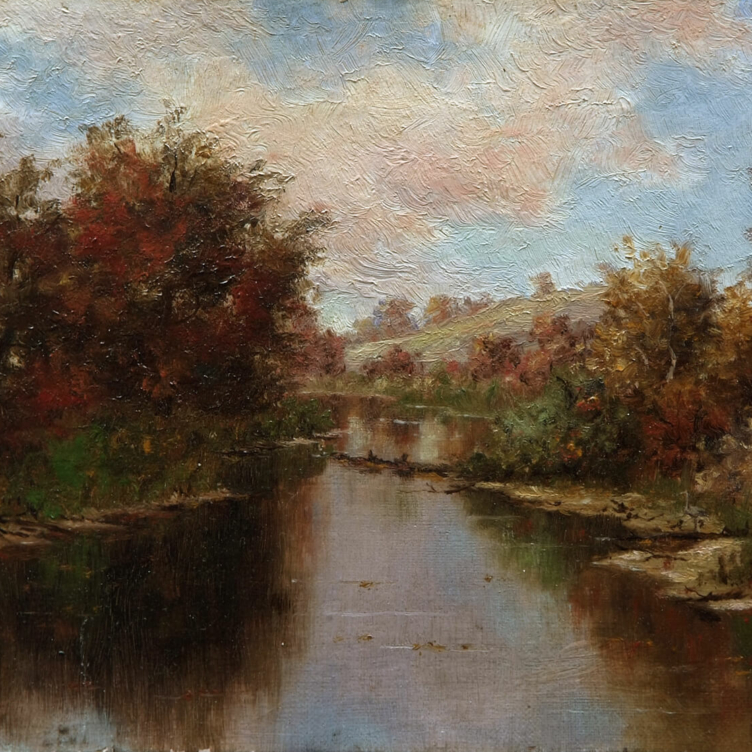 Remote Beauty
Remote Beauty
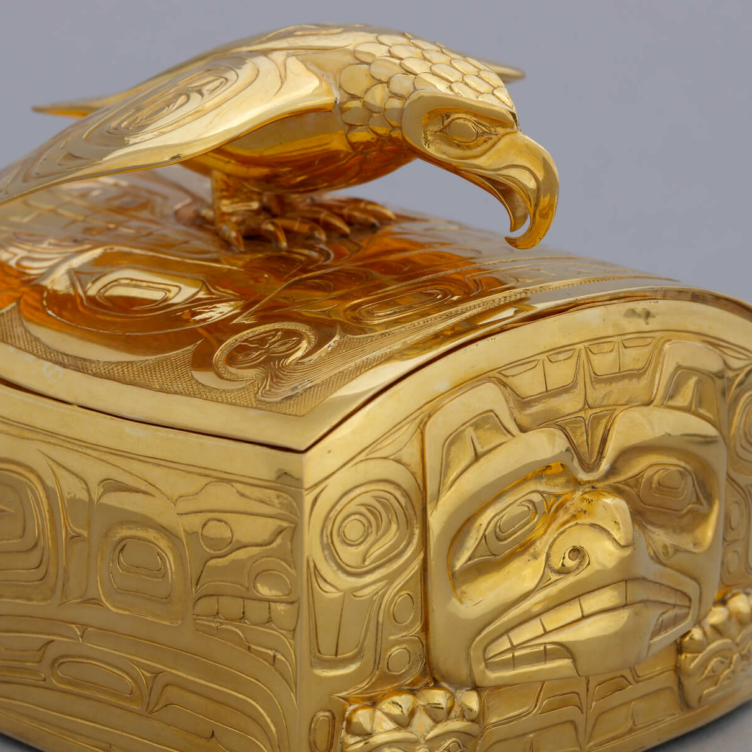 Pride and Resistance
Pride and Resistance
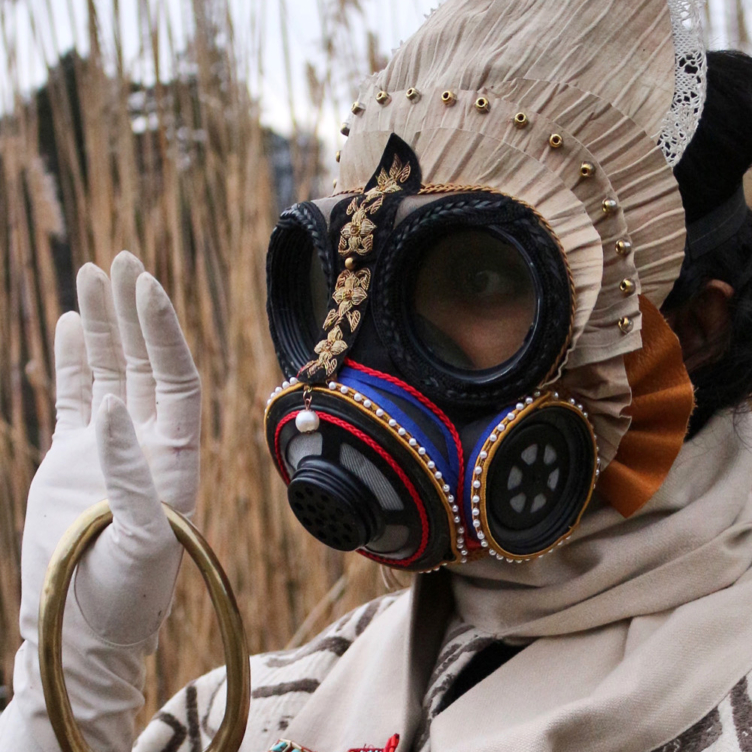 Dressed for Danger
Dressed for Danger
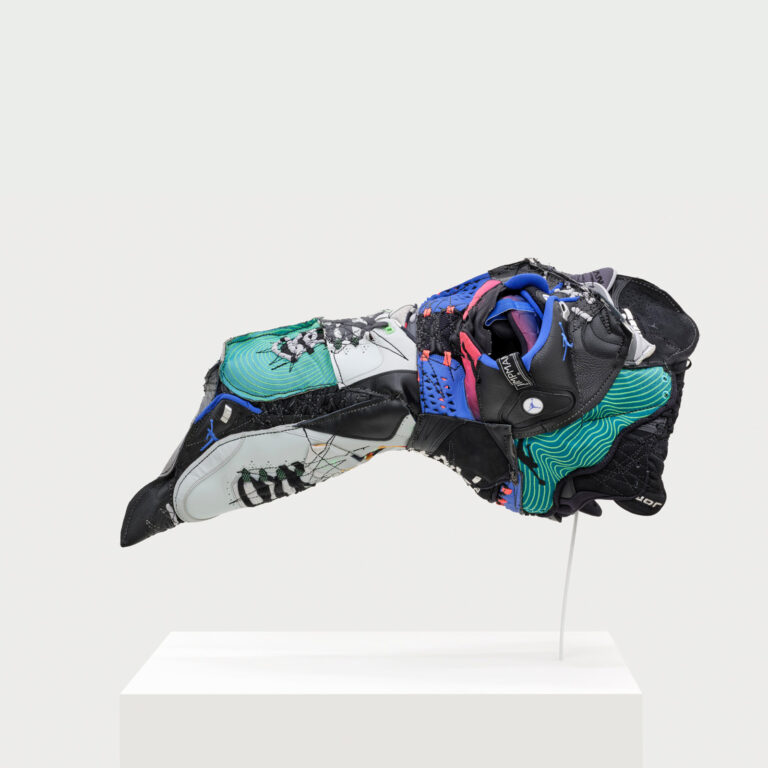 Masks from the Past
Masks from the Past
 Lessons from the Land
Lessons from the Land
 A Cultural Hero
A Cultural Hero
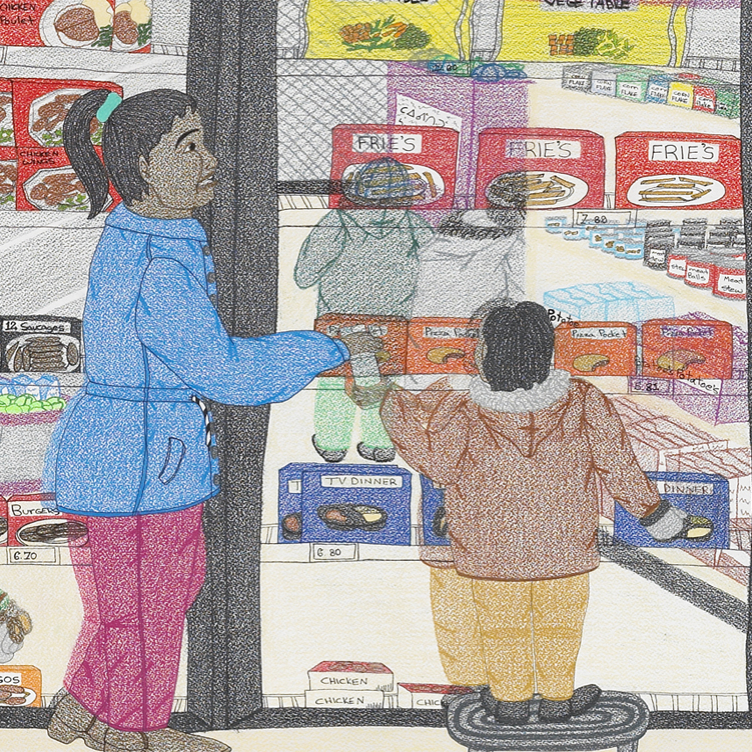 Food for Thought
Food for Thought
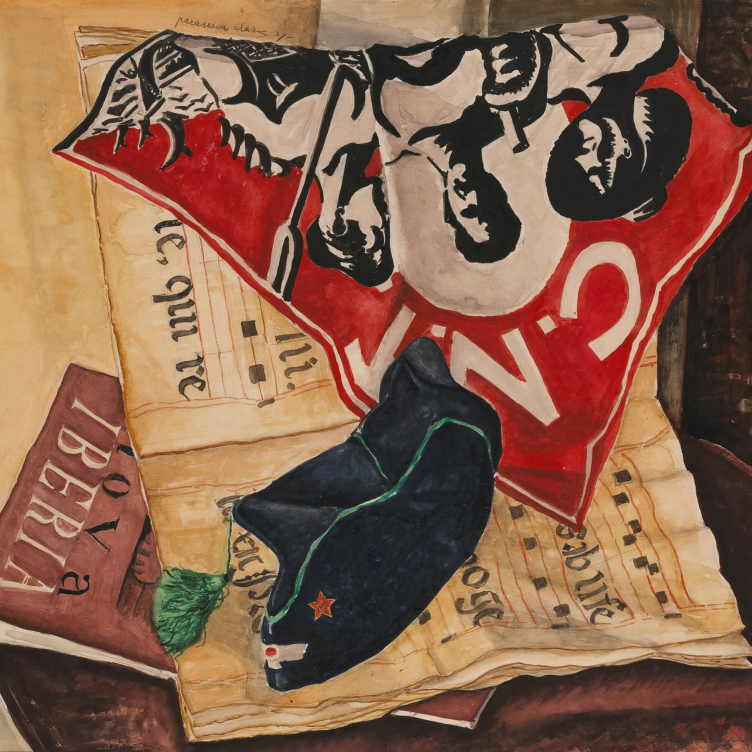 A Passion for Activism
A Passion for Activism
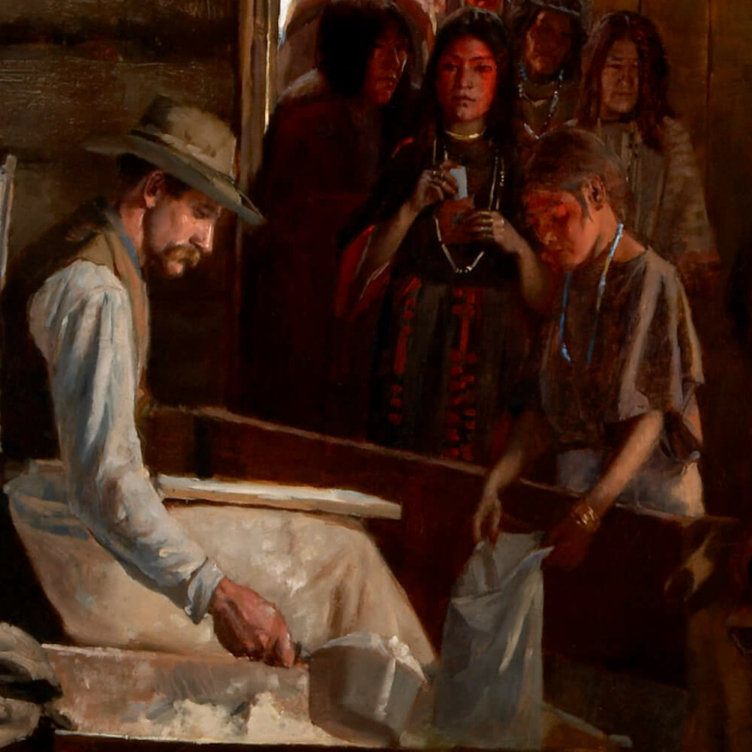 Starvation and Scandal
Starvation and Scandal